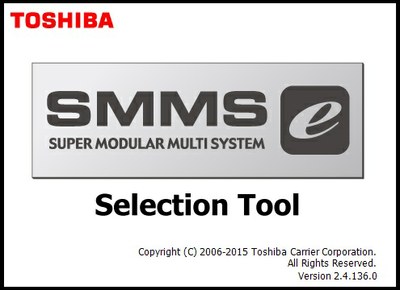Since the publication of the first edition of this “Fire, Smoke, and Radiation Damper Installation Guide for HVAC Systems,” many changes have occurred in concepts of fire protection. Emphasis on use of duct systems in engineered smoke control modes as outlined in ASHRAE and National Fire Protection Association (NFPA) publications is now a key consideration for HVAC system designers. Such concepts depart from the traditional practice of automatic shut down of duct systems and create new perspectives on the role of fire and smoke dampers. In some cases dampers are serving the dual role of fire dampers and smoke dampers.
This edition of the guide again reemphasizes the segregation of the responsibilities that architects, engineers, contractors, manufacturers, testing agencies and local authorities have regarding fire and smoke dampers. Industry is encouraged to use more standardization in the basic elements of installation and in the preparation of installation instructions.
The details shownin this guide represent the state-of-the-art of the dampers manufactured by those in the HVAC industry, and may be modified by individual manufacturers to meet specific requirements. These dampers must be installed as outlined and shown by the manufacturers’ installation instructions which result from UL testing.In addition to UL labels or UL listing, some local and state authorities will require approval or compliance withlocal codes before allowing use.
This guide contains descriptions, illustrations, recommendations on changes in industry practices, suggestions on disposition of installation detail for situations not confirmed by fire tests in composite assemblies, designations of responsibility, references to the other documents, check lists, and guidance on plan marking. Thus, it is essentially a generic guide of commercially available productsthat should not be categorically referenced in codes or project specifications.The Committee expresses its appreciation to the National Fire Protection Association (NFPA) for their contributions
to this manual.
Click Here To: Download








